Boeing has put its Insitu drone subsidiary on the market, signaling a significant shift in its business strategy as the aerospace giant seeks to divest non-core assets and refocus on its primary commercial and defense operations. The move, first reported by Bloomberg, comes as Boeing grapples with financial pressures and aims to streamline its sprawling portfolio. With Insitu valued at approximately $500 million and attracting interest from private equity firms and corporate buyers, this sale could mark a turning point for both Boeing and the tactical drone sector.
Insitu’s Legacy in Military Drones
Founded in 1994 in Bingen, Washington, Insitu carved out a niche in the unmanned aerial systems (UAS) market with innovative designs like the ScanEagle and RQ-21A Blackjack. Boeing acquired the company in 2008 for a reported $400 million, integrating it into its defense division to capitalize on the growing demand for small, long-endurance drones. The ScanEagle, with its 20-plus-hour flight capability and catapult-launch system, and the Blackjack, tailored for tactical military missions, have become staples for the U.S. military and allies, including Ukraine.
Insitu’s recent $102.3 million contract with the U.S. Department of Defense, announced in February 2025, underscores its ongoing relevance. The deal, set to deliver additional Blackjack and ScanEagle systems by 2026, highlights the drones’ advanced surveillance features and operational flexibility. Yet, despite logging over 1.3 million flight hours by 2022, Insitu has faced headwinds, including a $25 million fraud settlement in 2021 over allegations of overcharging the military with recycled parts.
Boeing’s Strategic Pivot
Boeing’s decision to offload Insitu aligns with a broader effort to shed assets and bolster its financial health. The company has faced a turbulent few years, marked by a $11.8 billion loss in 2024, supply chain disruptions, a machinists’ strike, and regulatory scrutiny following a 737 MAX incident. New CEO Kelly Ortberg, appointed in 2024, has prioritized refocusing on “core” businesses—commercial jets and major defense systems like the F-15 and KC-46 tanker—while divesting units perceived as peripheral.
The Insitu sale follows other divestitures, such as Boeing’s $100 million deal to sell its Digital Receiver Technology business to Thales in 2024. Analysts see the $500 million valuation for Insitu as a potential win, given its original purchase price, though the final figure will depend on buyer appetite. As Marketscreener reported, Boeing has enlisted advisers to market Insitu, drawing interest from diverse suitors eyeing its established military contracts and technology.
Market and Industry Implications
The sale reflects a shifting landscape in the UAS market, where Insitu once held a dominant position but now faces stiffer competition. Rivals have eroded its edge with lower-cost alternatives, and past setbacks—like losing a U.S. Army contract in 2019 after drone crashes—have exposed vulnerabilities. For potential buyers, Insitu offers a proven platform with a strong track record, but its Legal baggage and workforce cuts (over 200 jobs slashed in 2019) could temper enthusiasm.
From Boeing’s perspective, exiting the small-drone segment raises questions about its long-term UAS strategy. While the company retains significant defense projects, divesting Insitu may cede ground in a sector increasingly vital to modern warfare. Industry observers, including Samuel Bendett, have noted the growing role of drones in conflicts like Ukraine’s, suggesting Boeing’s retreat could leave innovation to competitors or new owners of Insitu.
Regulatory and Operational Context
The sale occurs against a backdrop of heightened scrutiny on defense contractors. Insitu’s 2021 settlement with the U.S. Government serves as a cautionary tale, and any buyer will need to navigate strict regulatory frameworks governing military technology transfers. The Federal Aviation Administration (FAA) and Department of Defense will also play roles in approving drone operations and exports, particularly if a non-U.S. entity emerges as a bidder—a scenario that could complicate the process.
Operationally, Insitu’s systems require minimal infrastructure, relying on portable launch and recovery systems. However, integrating its technology into a new owner’s portfolio could demand investment in upgrades, especially as military clients push for enhanced autonomy and sensor capabilities.
Boeing’s move to sell Insitu is a pragmatic step in its recovery playbook, offering a cash infusion—potentially $500 million—to offset recent losses while sharpening its focus on core competencies. For the Drone Industry, this divestiture signals a potential reshuffling, with Insitu’s future hinging on whether a private equity firm sees it as a turnaround play or a corporate buyer absorbs its tech into a broader ecosystem. As Forbes noted, 2025 is a make-or-break year for Boeing, and the Insitu sale’s outcome could shape perceptions of its strategic reset.
The broader implication? The UAS market remains dynamic, and Insitu’s next chapter—whether under new ownership or as a standalone entity—will test its ability to adapt in a crowded field. For now, Boeing’s shedding of this drone pioneer underscores a hard truth: even cutting-edge assets can become expendable when survival demands focus.
Photo courtesy of Boeing / Insitu.
Discover more from DroneXL.co
Subscribe to get the latest posts sent to your email.
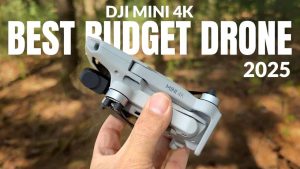
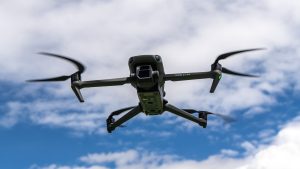

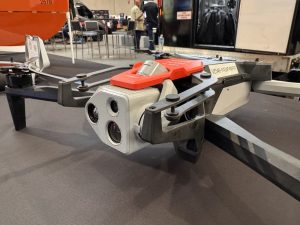
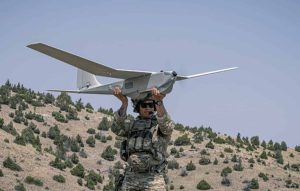


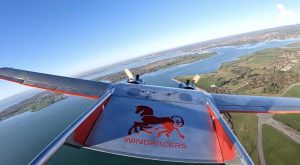
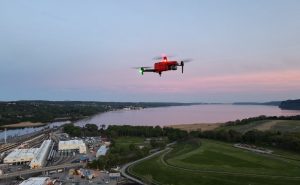
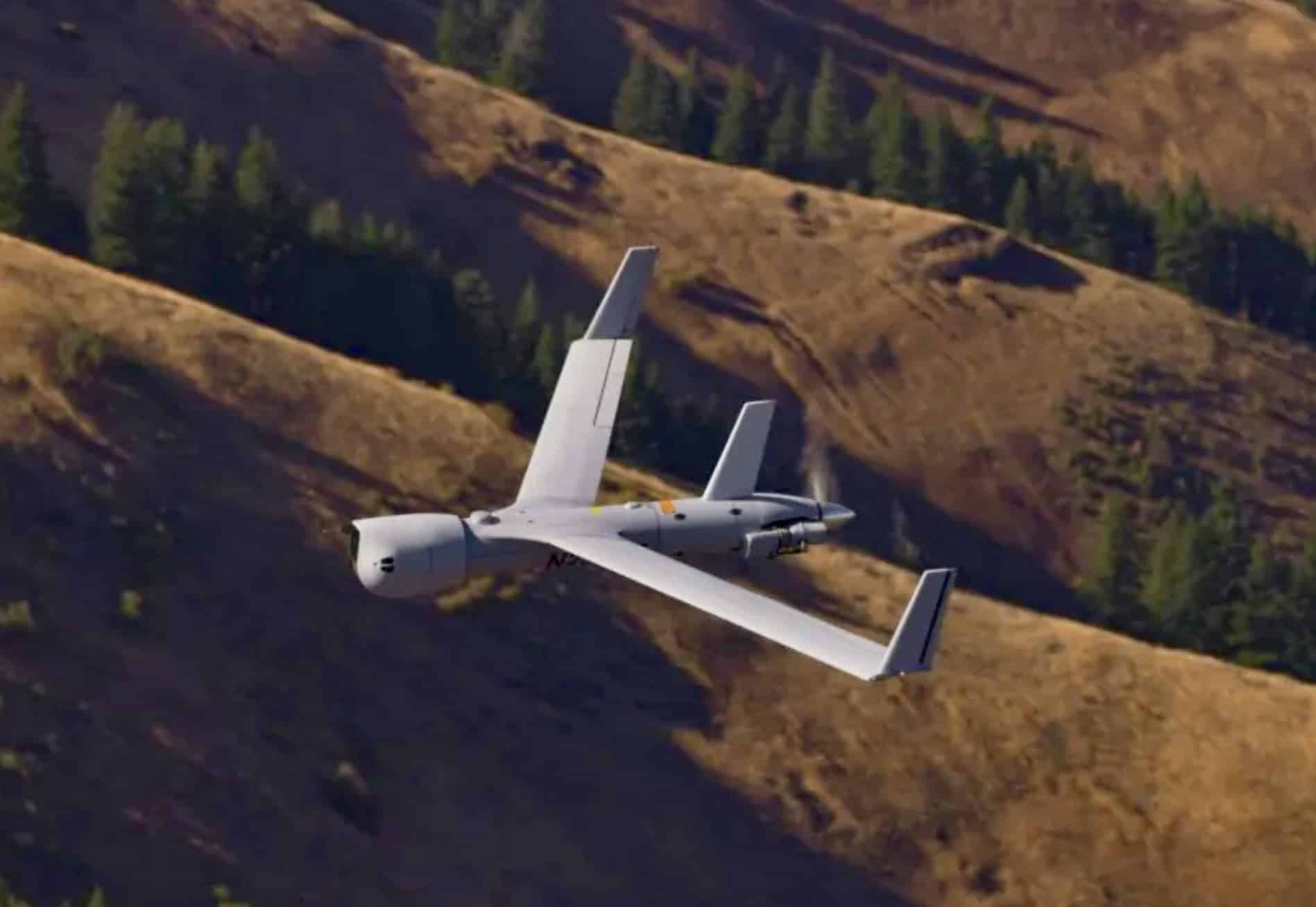
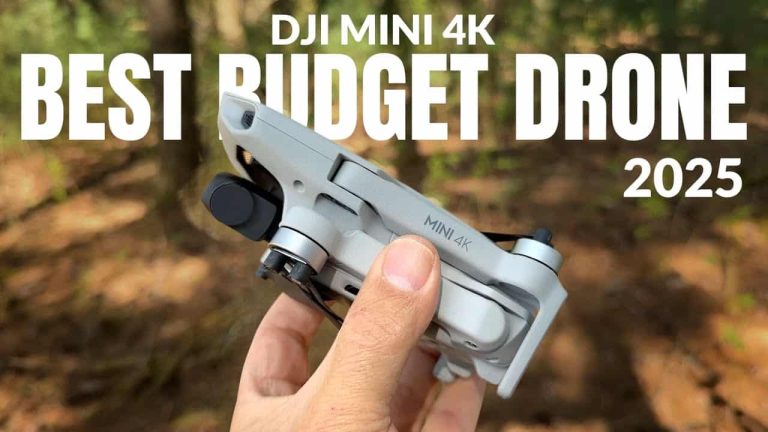
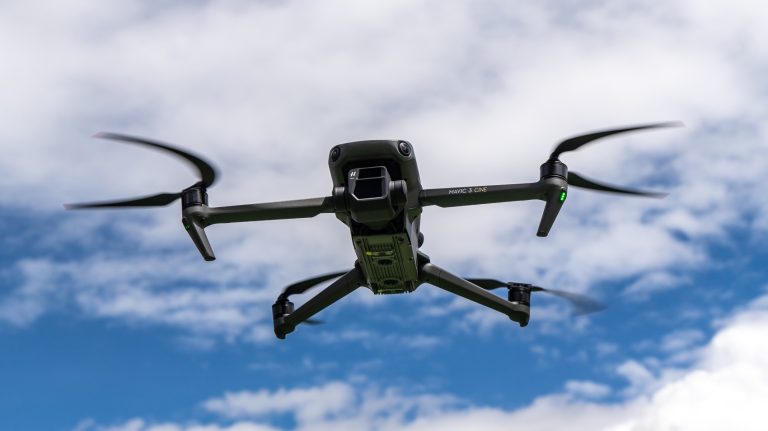
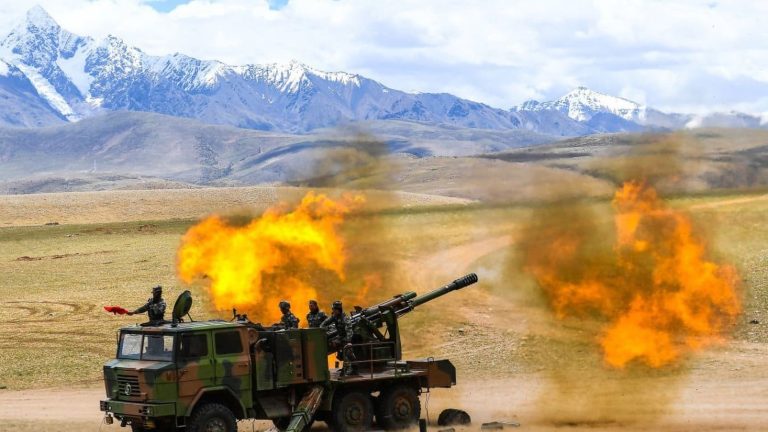
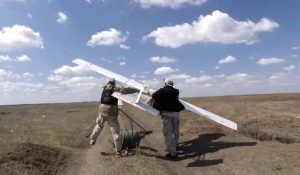

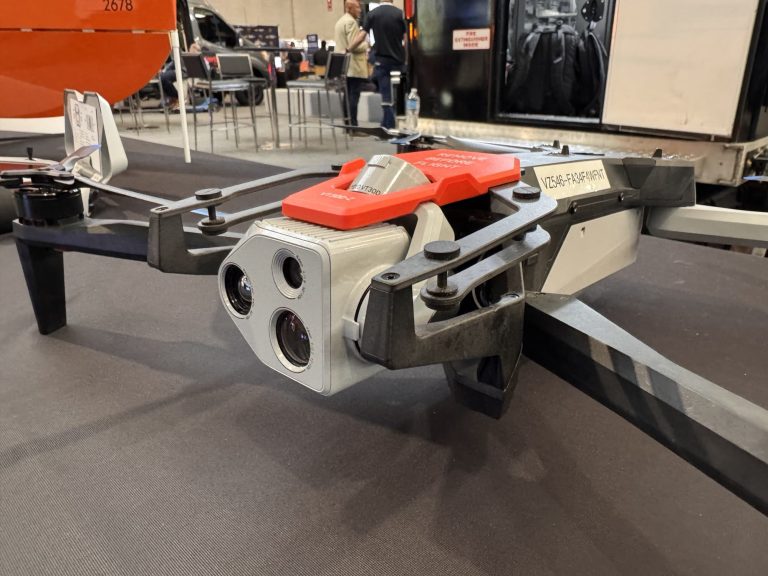
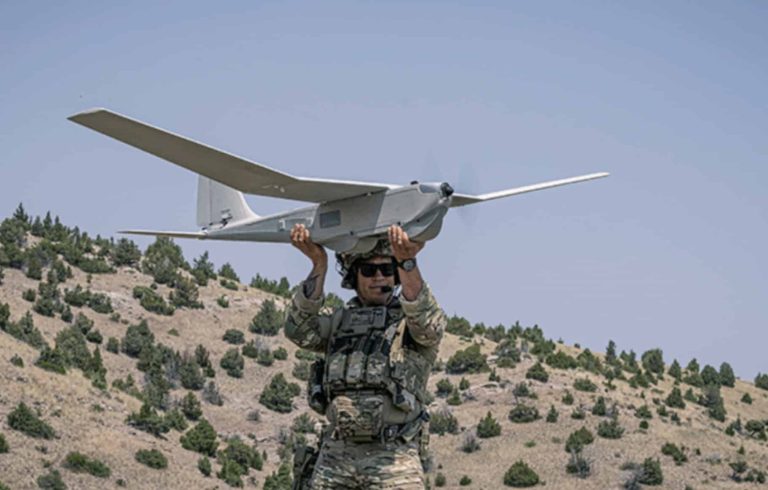


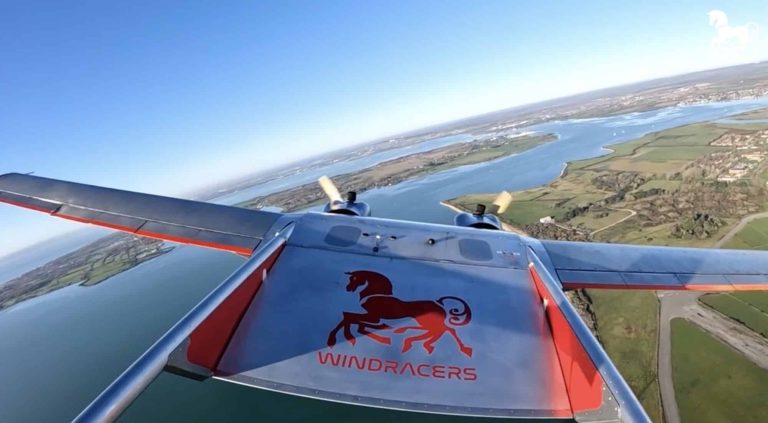
+ There are no comments
Add yours